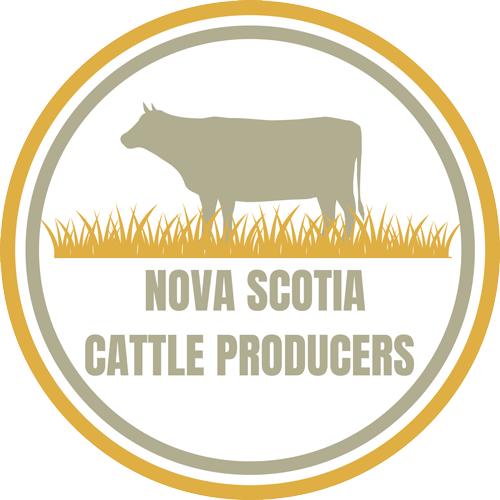Cattle Industry Making A Comeback
By: Michael Gorman, The Chronicle Herald
AS RALPH CORKUM settled into his seat to the soundtrack of mooing cows and an auctioneer in full swing, things are feeling like they might be getting a little easier.
The farmer from just outside Bridgewater was at Atlantic Stockyards Ltd., in Murrays Siding just outside Truro, waiting for his 16 feeder cows to come up on the list.
Producers such as Corkum and buyers from around the province are in town each Thursday to buy and sell cattle of all shapes and sizes.
It has been a difficult go for those with the stomach to stay in the industry. In 2003, when several cases of bovine spongiform encephalopathy rocked the industry, demand disappeared and prices tanked.
“Overnight, the border to the United States closed,” said John Tilley, president of the Nova Scotia Cattle Producers.
“This is a huge continental industry. Immediately, there were hundreds of thousands of calves intended for market that suddenly had nowhere to go.”
The damage to the Nova Scotia industry was sizable. Tilley estimates there are 600 to 700 producers today, down from the pre-2003 number of 1,200. The herd, likewise, is smaller. In 2003, there were 31,000 to 32,000 cows in Nova Scotia. Today, Tilley estimates the number to be around 18,000.
But through time and concerted exporting efforts in countries such as Korea and Japan, prices are rebounding.
With a smaller supply and a rainy season that has been good for grass growing, farmers are seeing prices return to where they were before BSE trampled their livelihoods.
“A few years ago, our feeders — the same cow, the same breed — were going for 65 cents (a pound) and now they’re hitting $1.40,” said Corkum.
The improved price “makes all the difference in the world,” but one good year doesn’t make up for a number of bad ones, he said.
In Corkum’s case, it means having to work a second job.
“I’ve got no choice. I’d rather be home doing farm work, but I’ve got to live, too.”
At Atlantic Stockyards, buyers and producers such as Corkum are trying to do just that.
Some, such as Corkum, make the trip a few times in the spring and a few times in autumn.
Others, such as Bobby Vacheresse of Antigonish, are here every week.
He has been coming as long as there have been auctions, which date back to the 1960s, said Vacheresse. On this day, he is selling slaughter cattle, although some weeks he is also there to buy.
Vacheresse said the improved price makes a big difference to everyone’s operations.
Before the upturn, “you couldn’t make a cent,” he said.
And while he decided to stick things out during the lean years, joking that he didn’t know any better, Vacheresse said the drop in the number of people buying and selling is noticeable, a trend he said doesn’t appear to be changing.
“There’s a few young ones starting, but damn few. The older ones that are dying are not getting replaced.”
The auctions are an operation unto themselves.
Trucks begin delivering livestock — mostly cows and sheep, but also goats, chickens and hogs — before noon to be tagged and grouped. Buyers, sellers and spectators find a seat in the wooden bleachers surrounding the showing area. Some grab a coffee, others french fries or a pastry. Kids tagging along with parents or grandparents compete for the attention of a friendly barn cat that wanders from lap to lap.
Atlantic Stockyards sees about 250 head of beef and dairy cattle and about 200 sheep each week. Newborn Holstein calves are sold by the head, as are stock cows that will be used for breeding. Feeder cattle — cows destined for feed yards — and slaughter cows are sold by the pound. The same process is followed for sheep.
Tilley expects the improved prices to continue. It is a good thing because while prices might have dropped during the BSE fallout, production costs did not.
Necessity being the mother of invention, however, Tilley said producers have found ways to make their operations more efficient. They are making better use of grass, cutting back on fertilizer and leaving cows out to pasture longer.
“Everybody is doing everything they can to get some profit and get a bottom line so they can be sustainable,” he said. “But, boy, good pricing really, really helps.”
http://thechronicleherald.ca/novascotia/37529-cattle-industry-making-comeback
